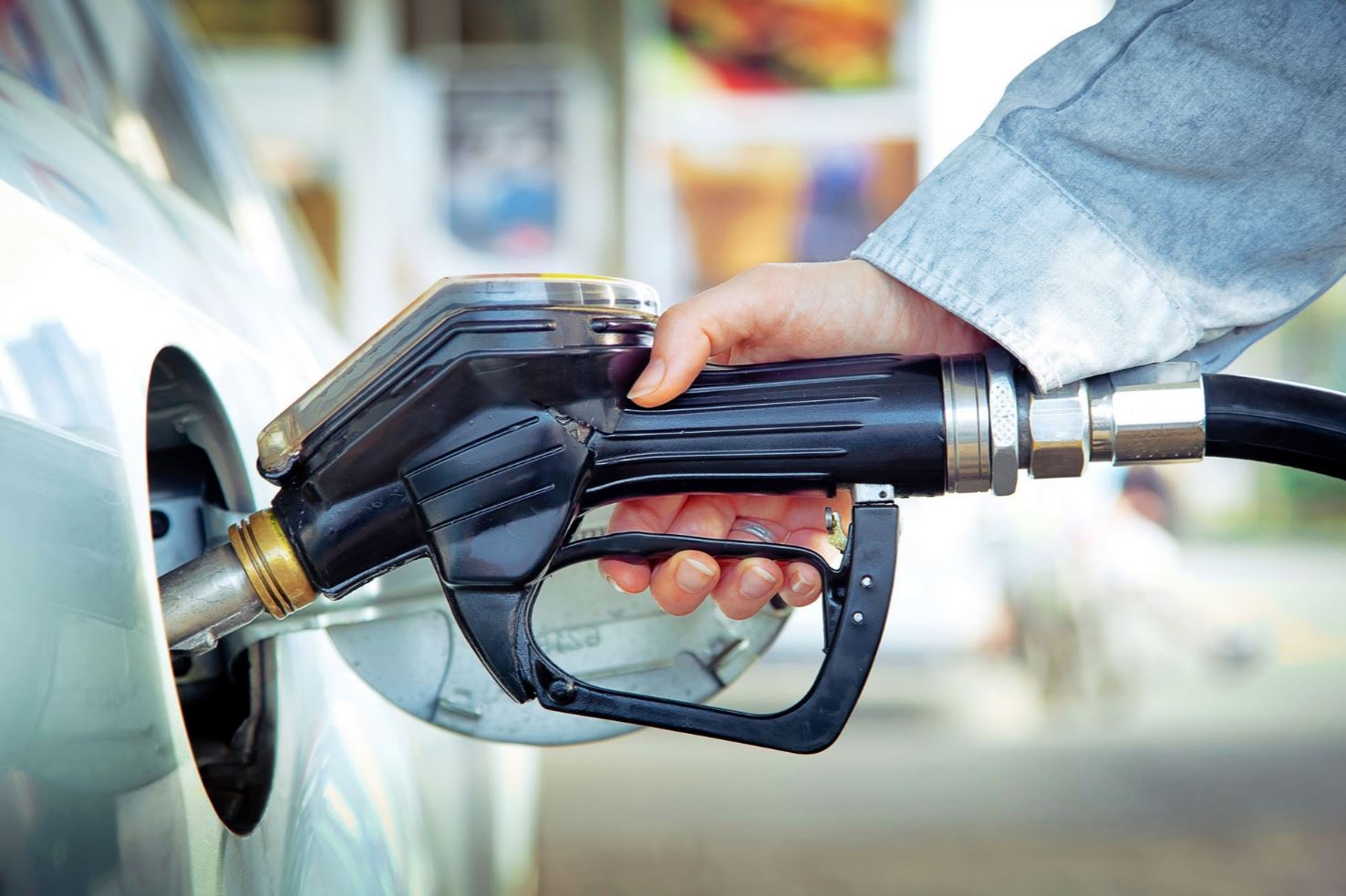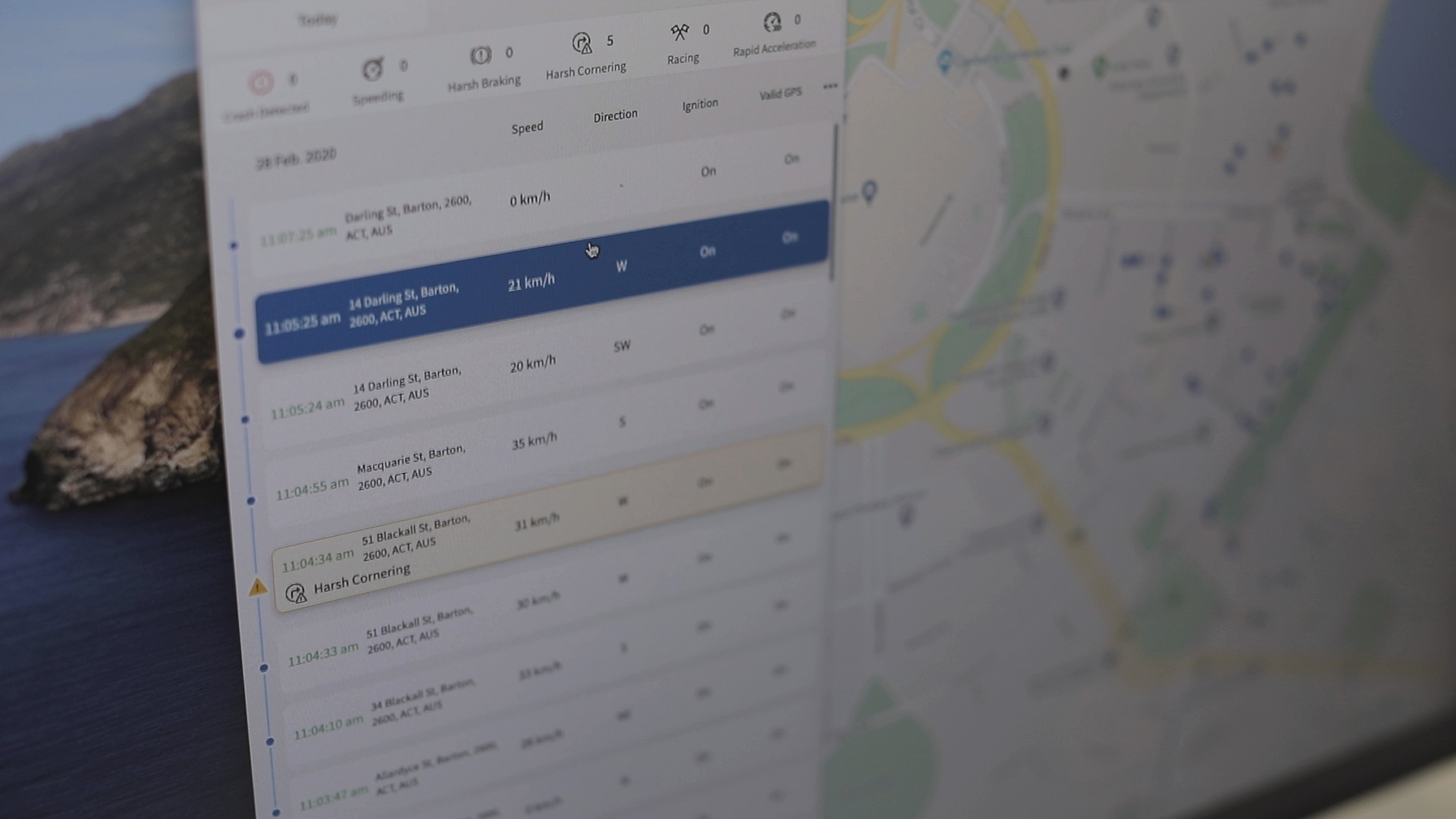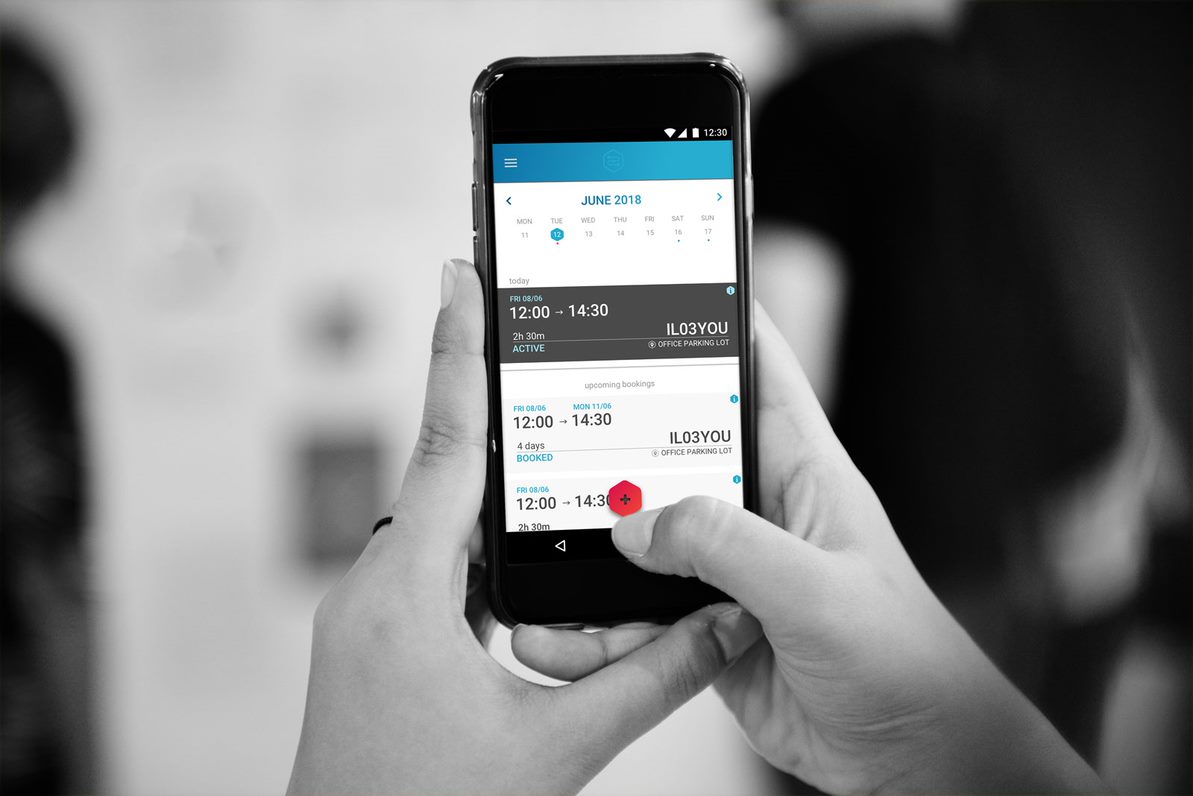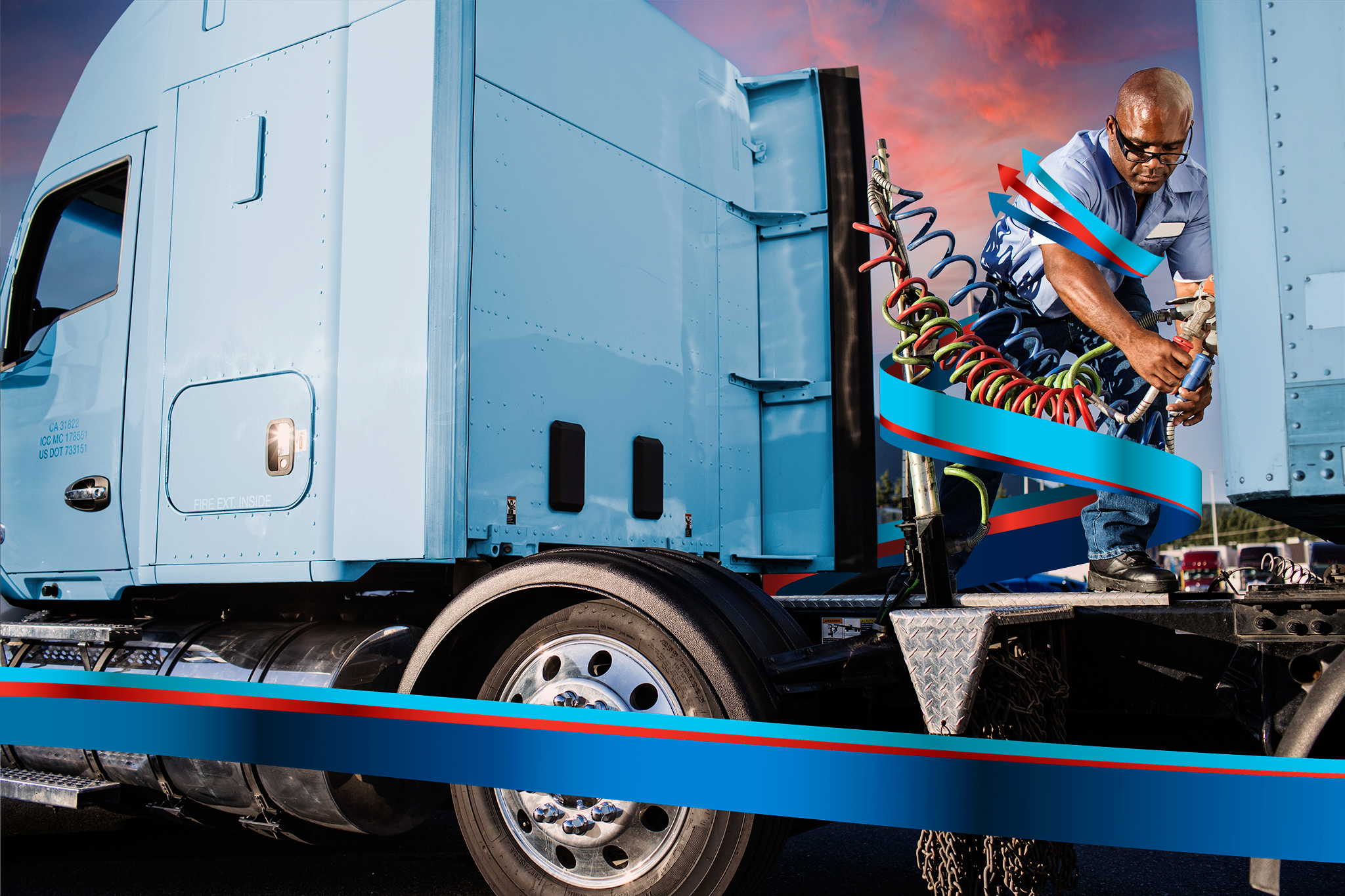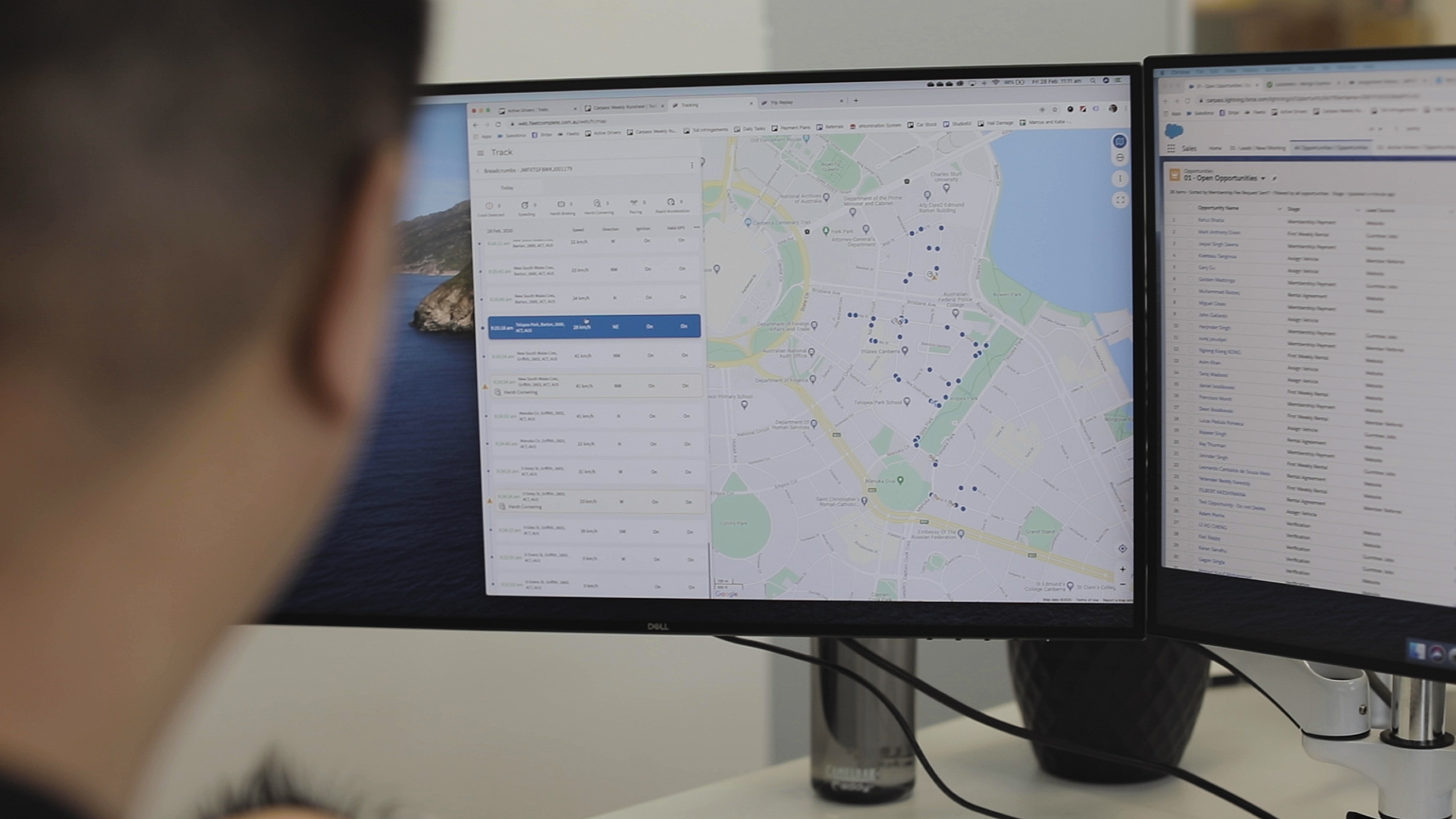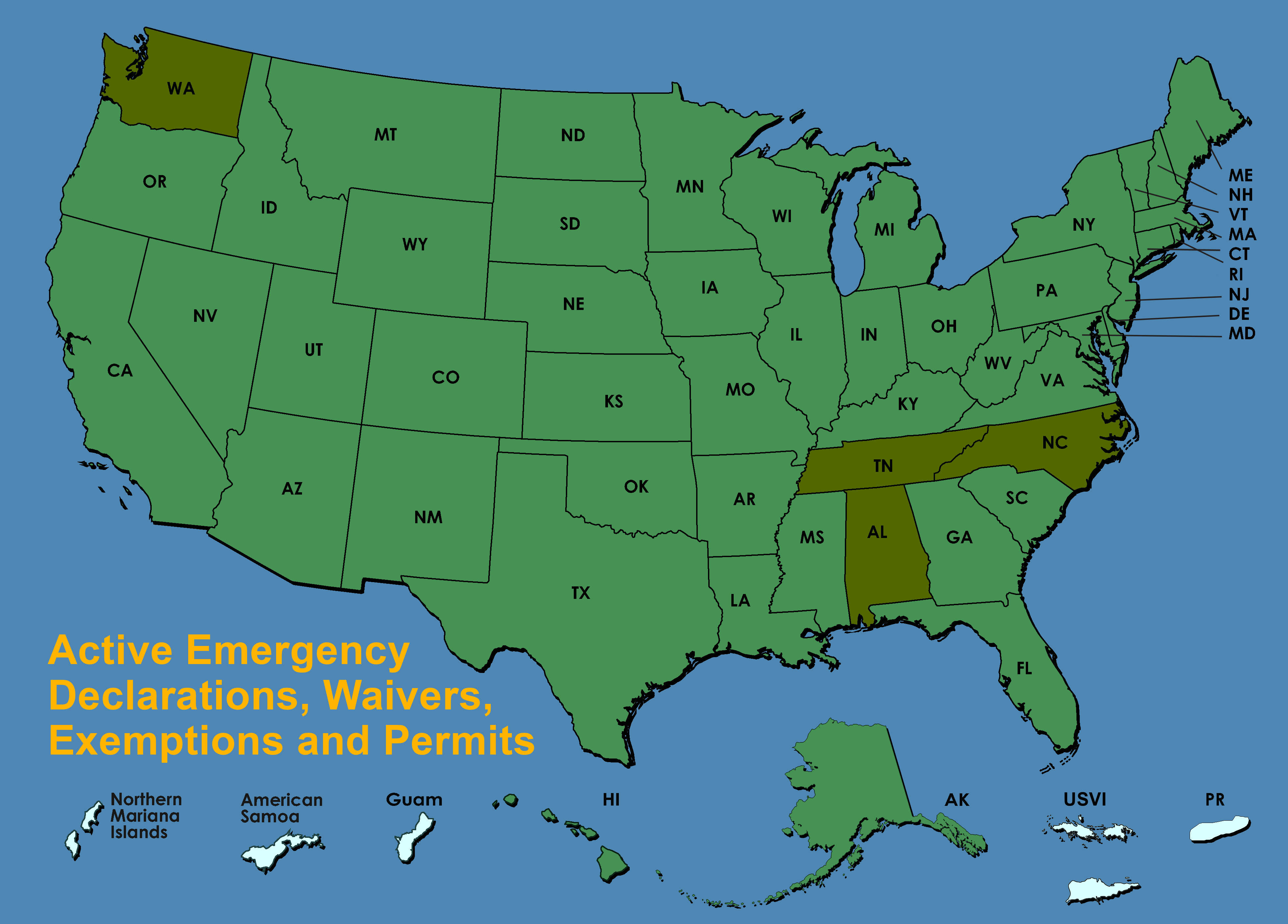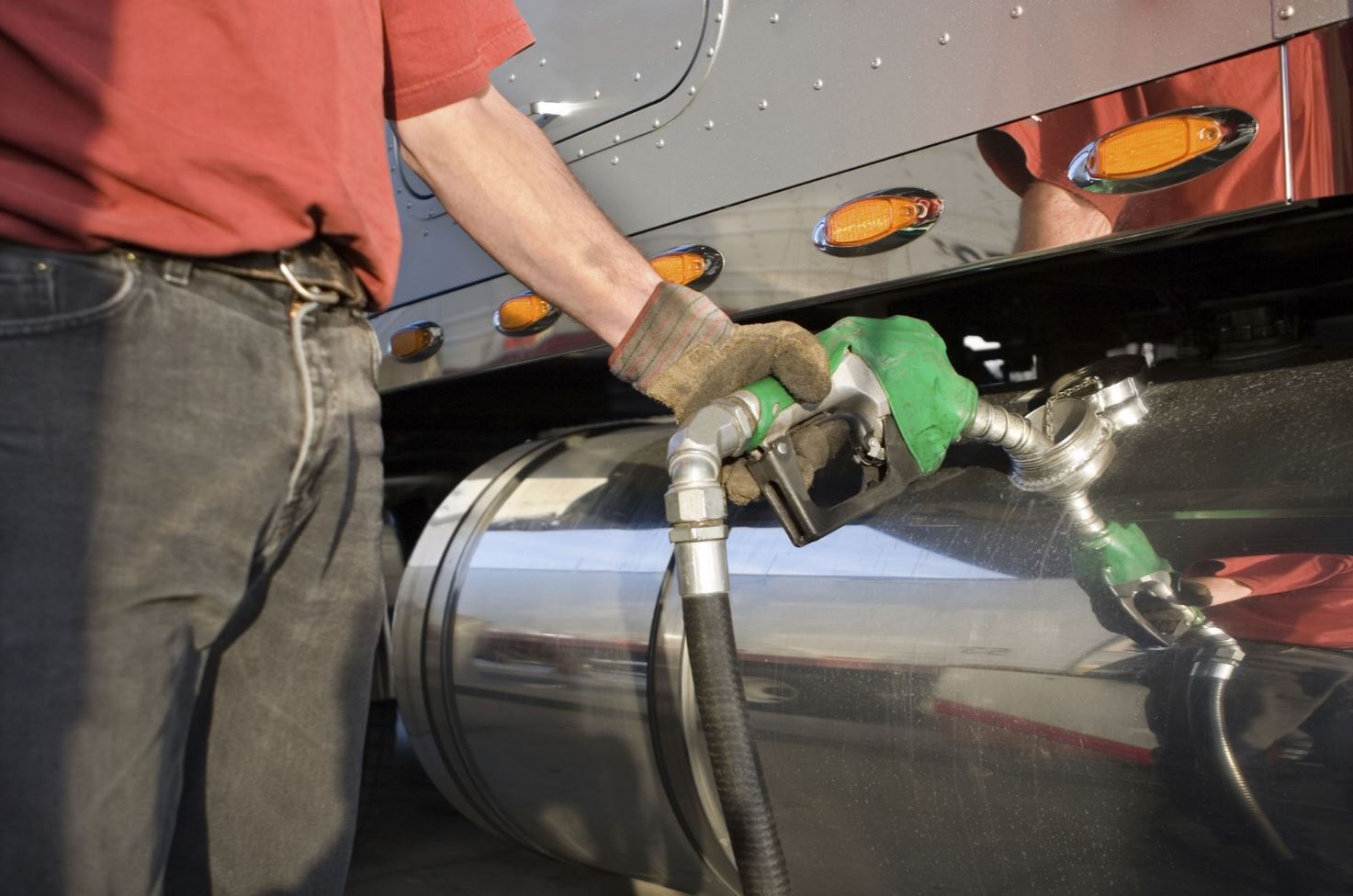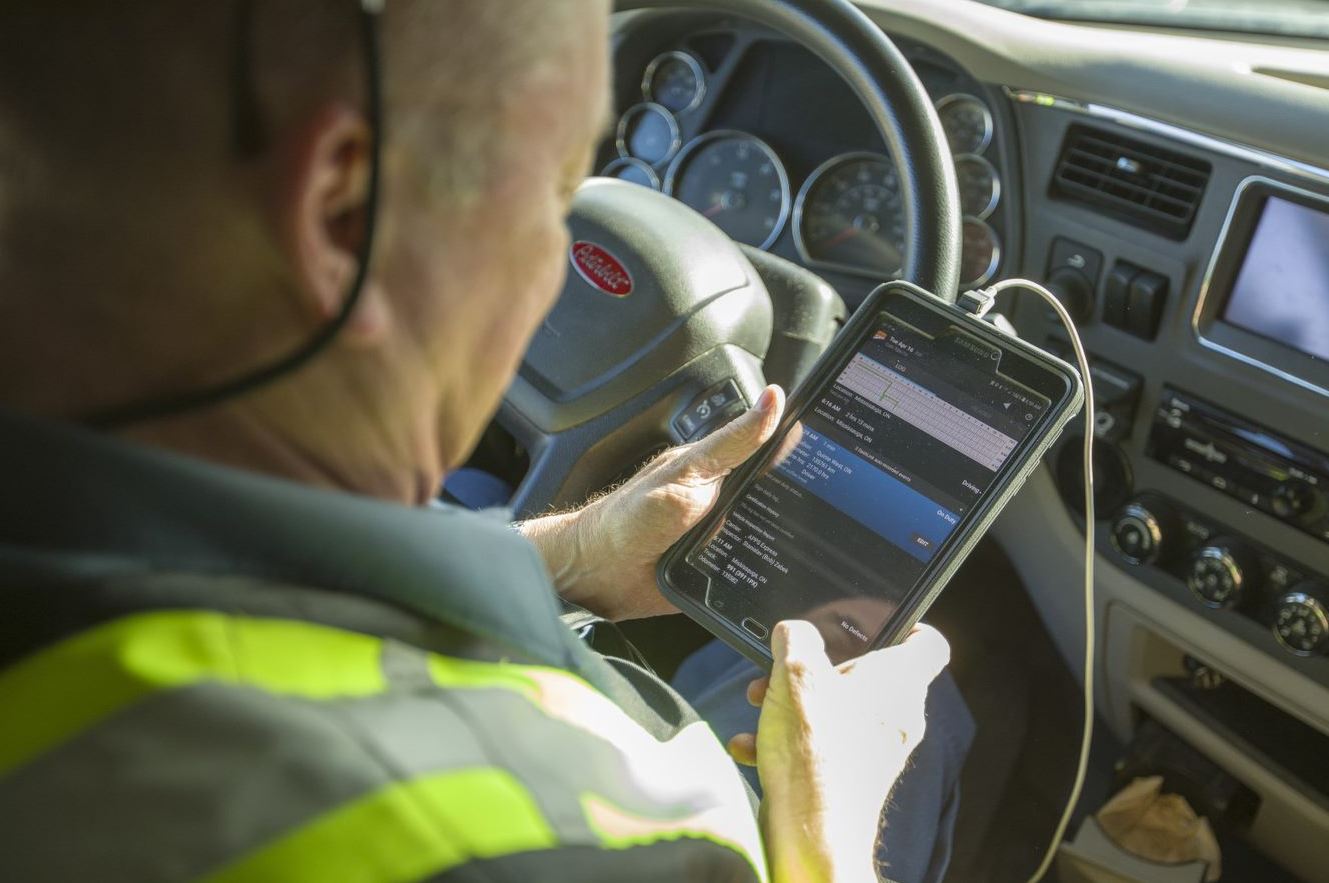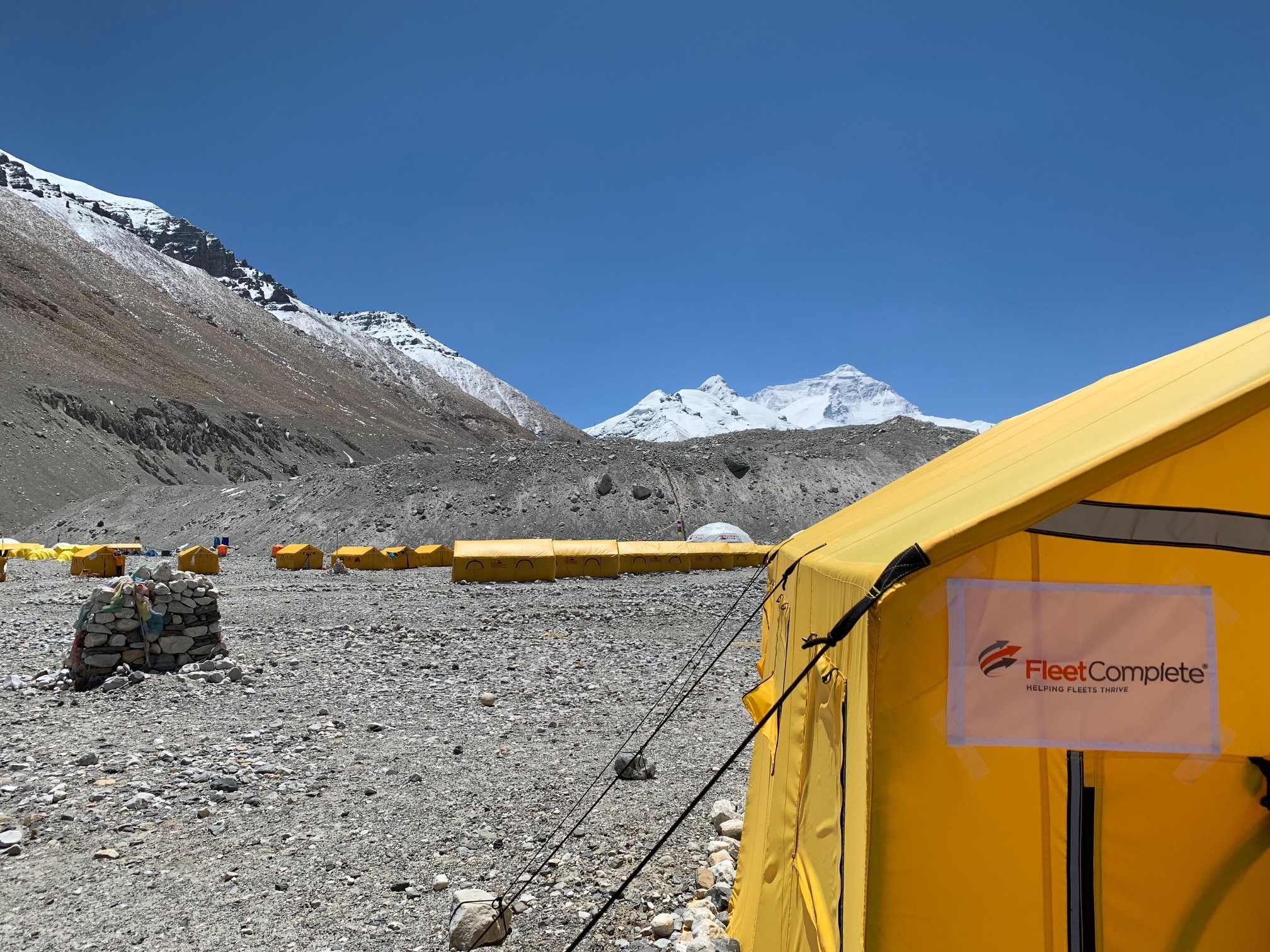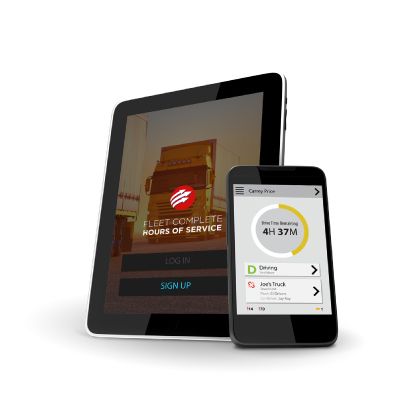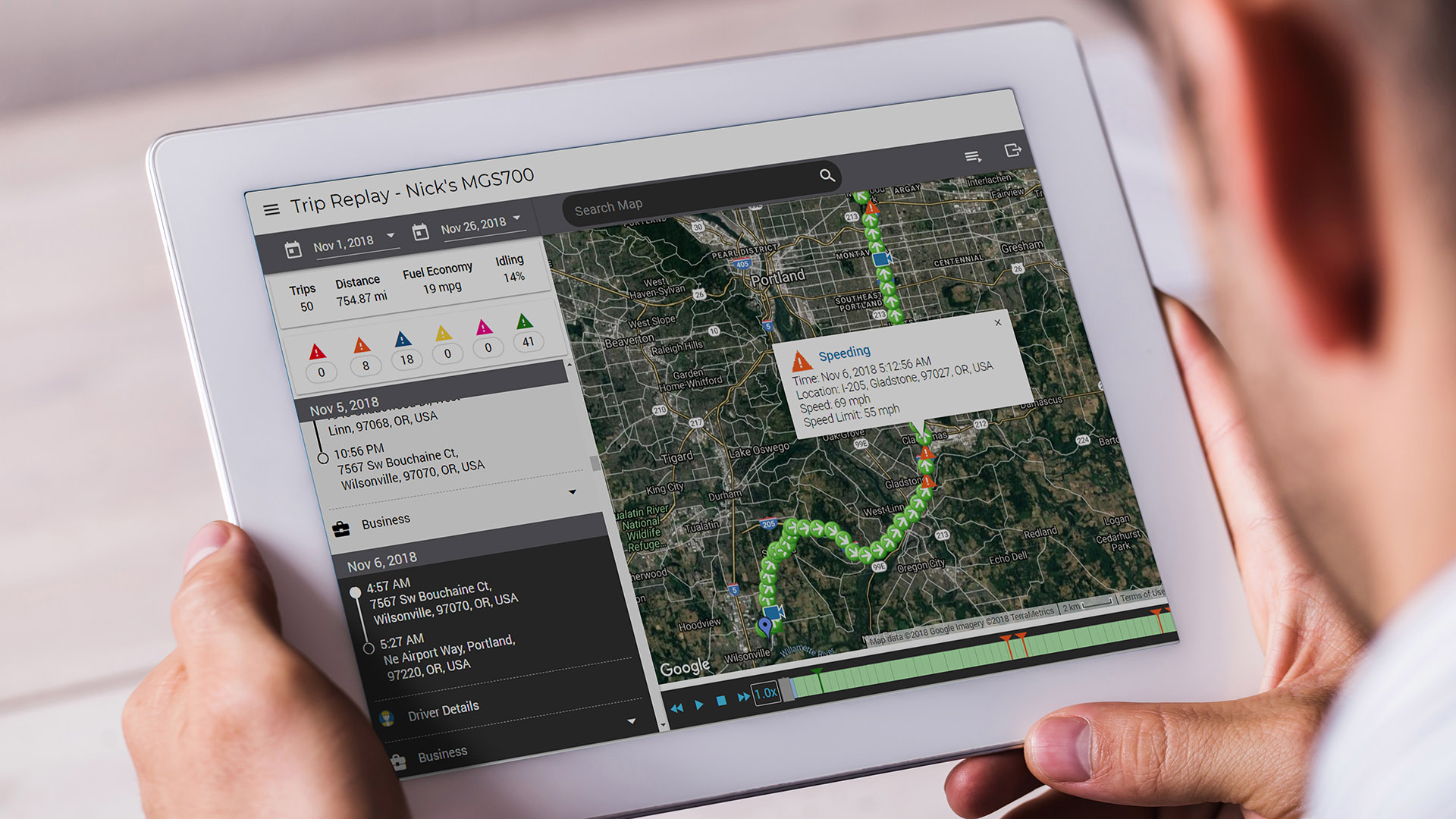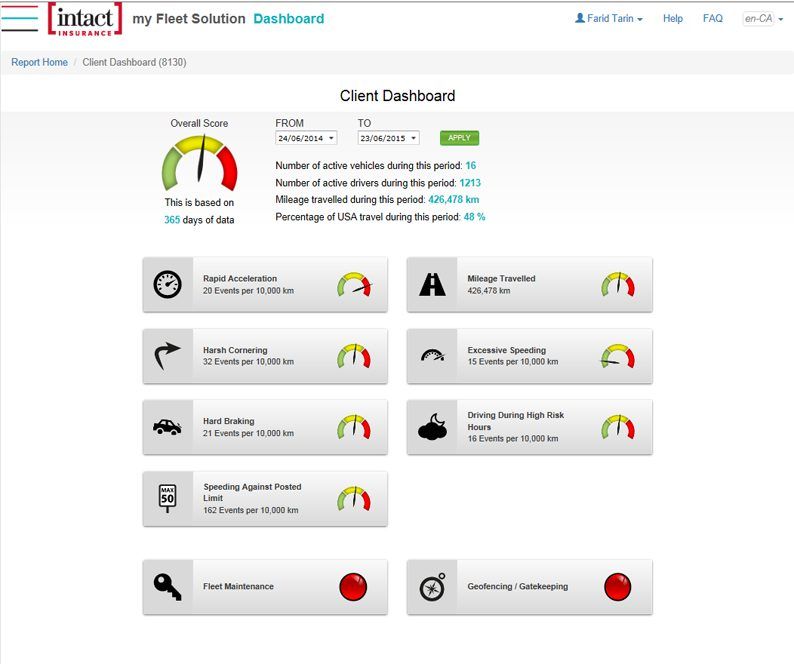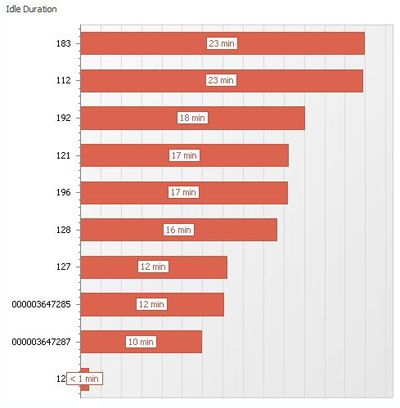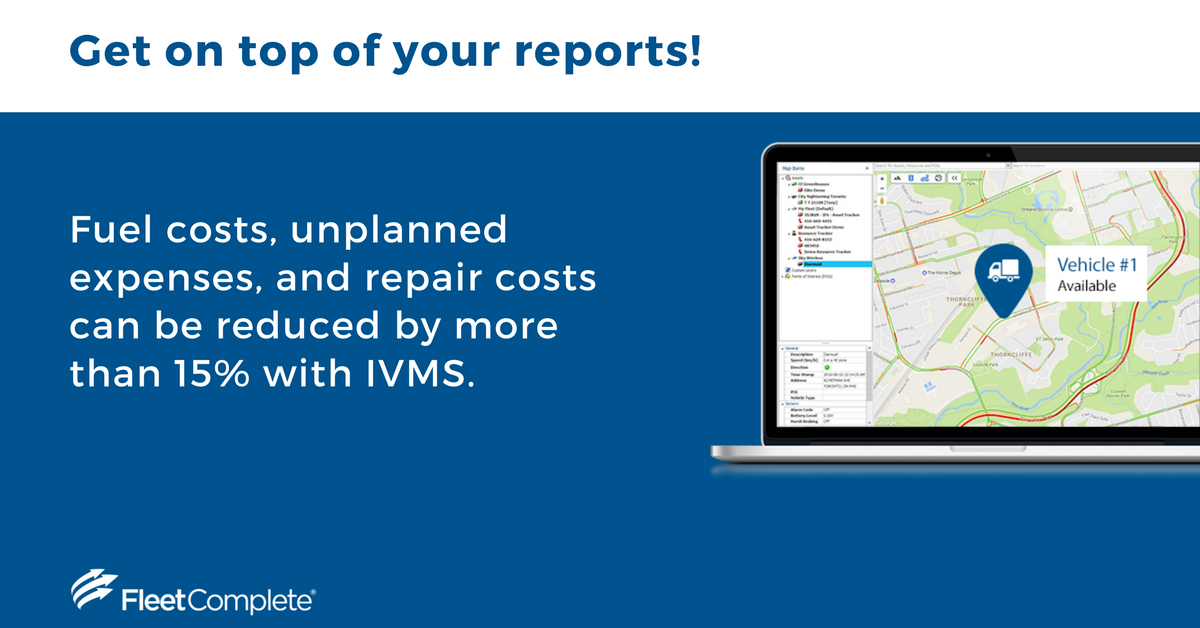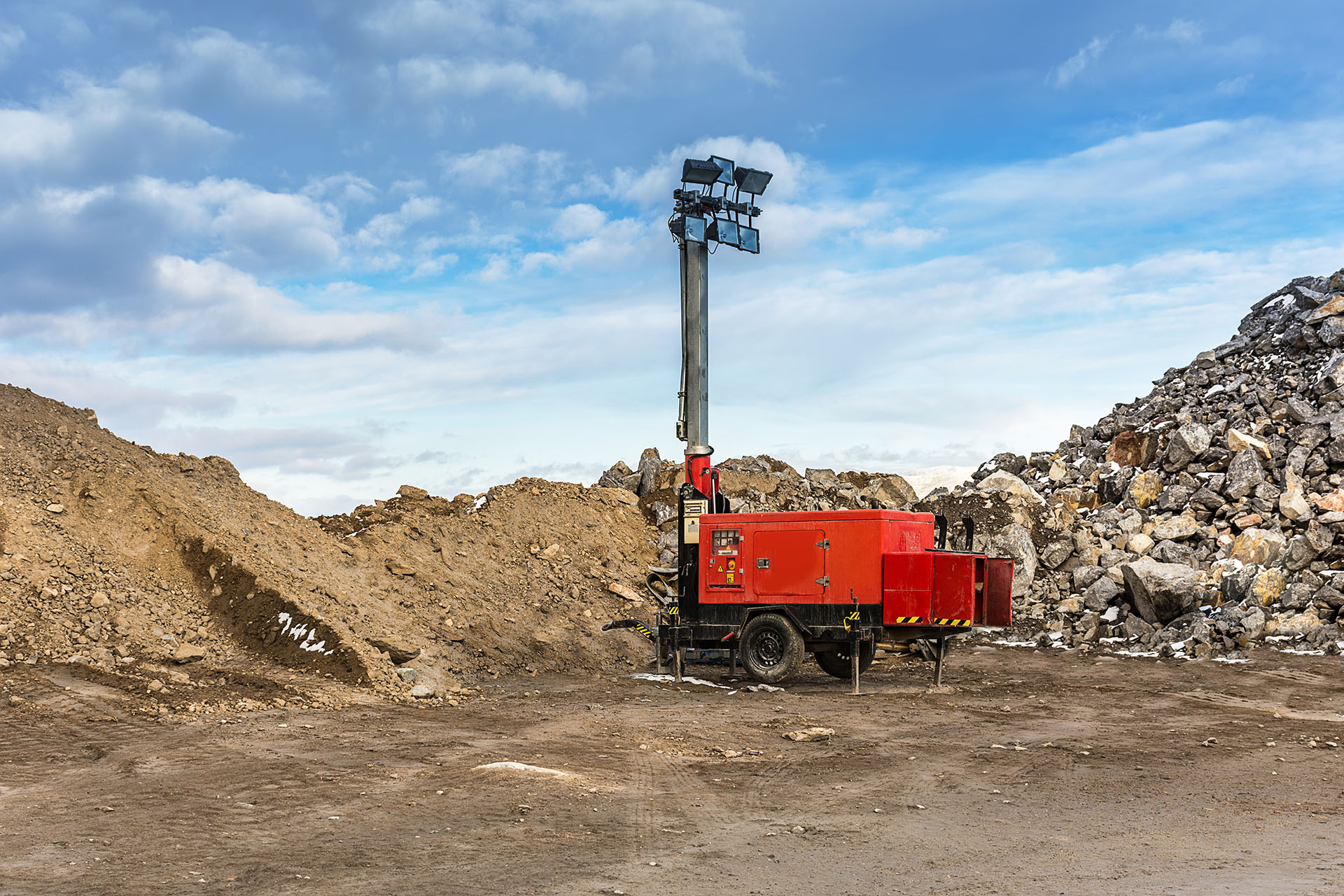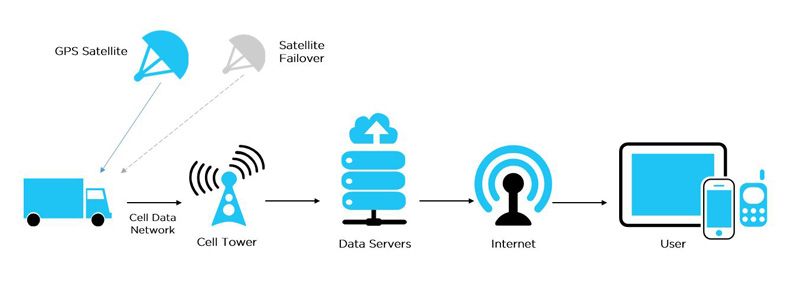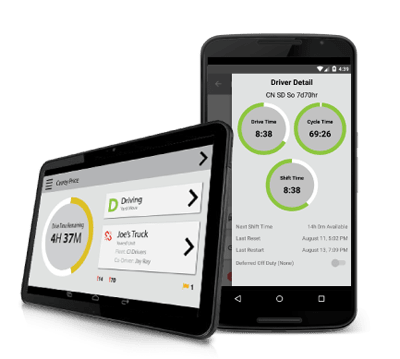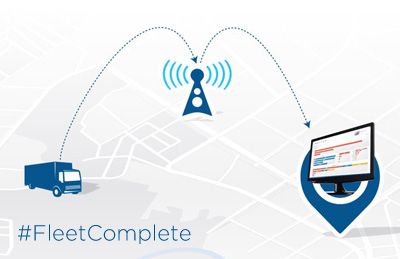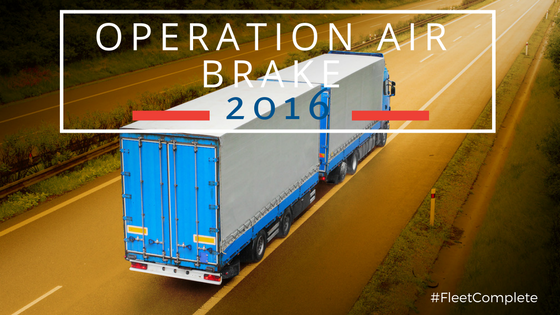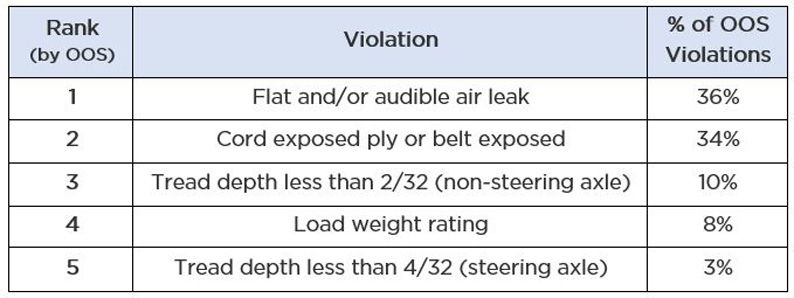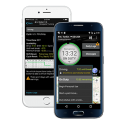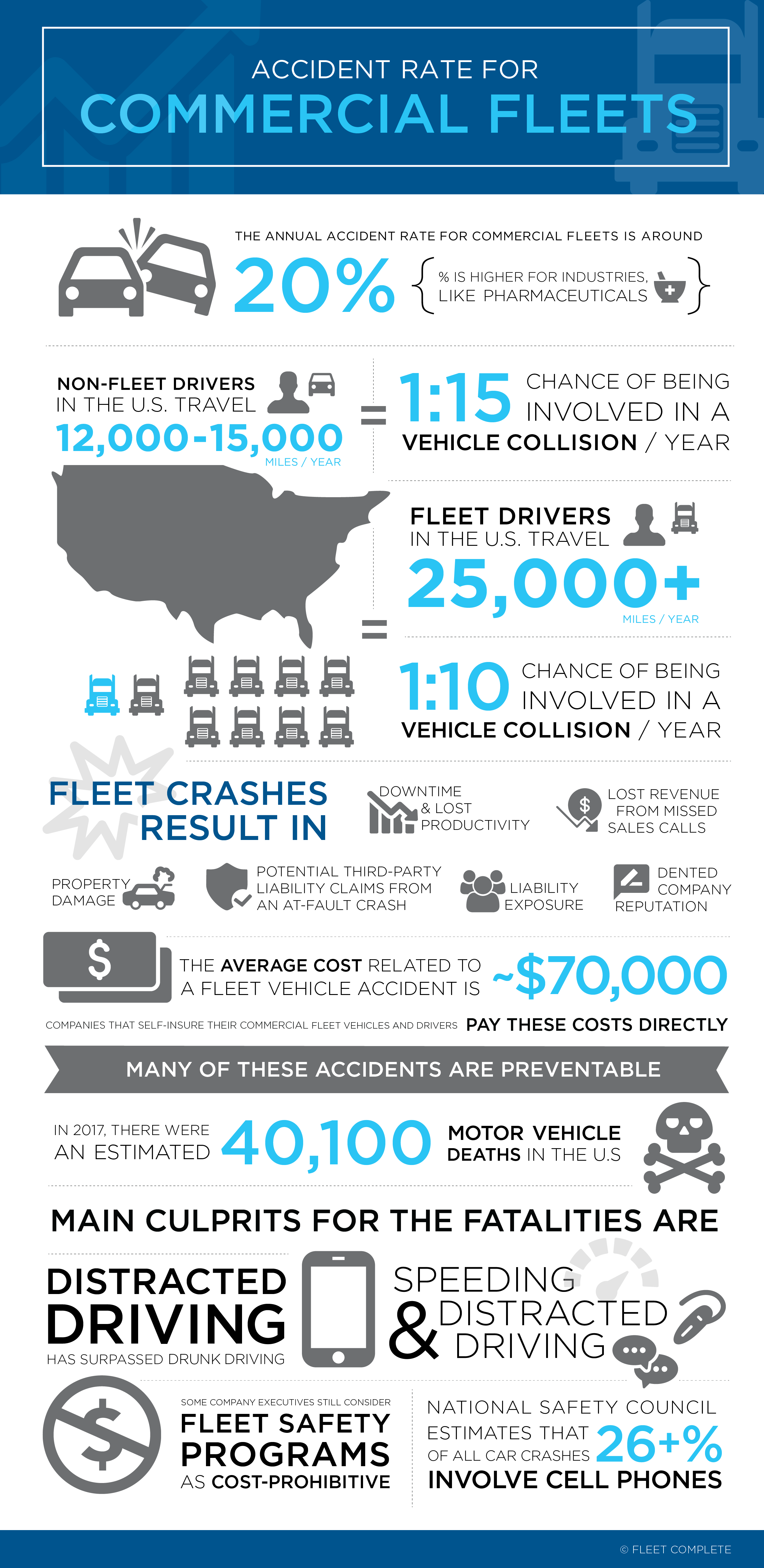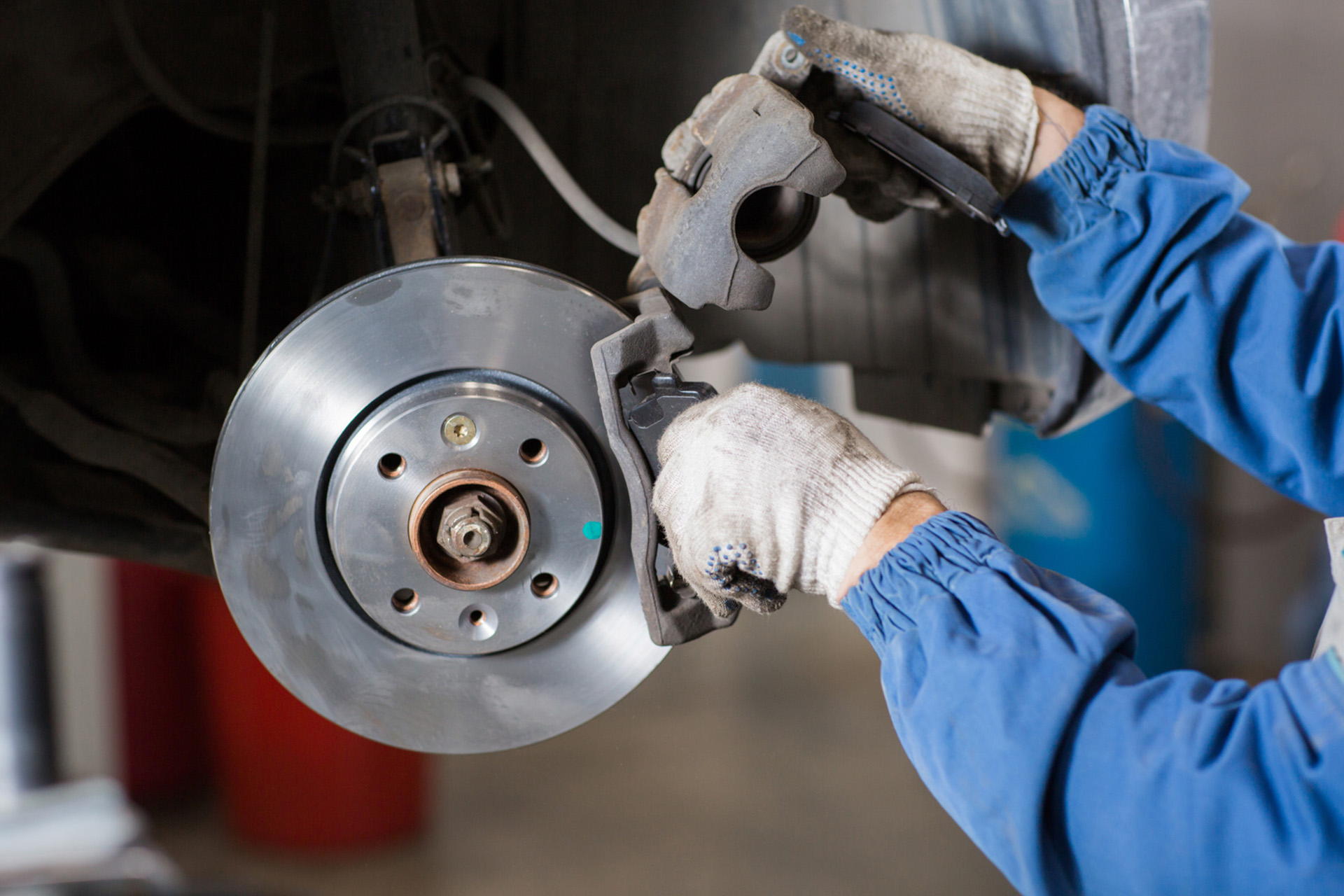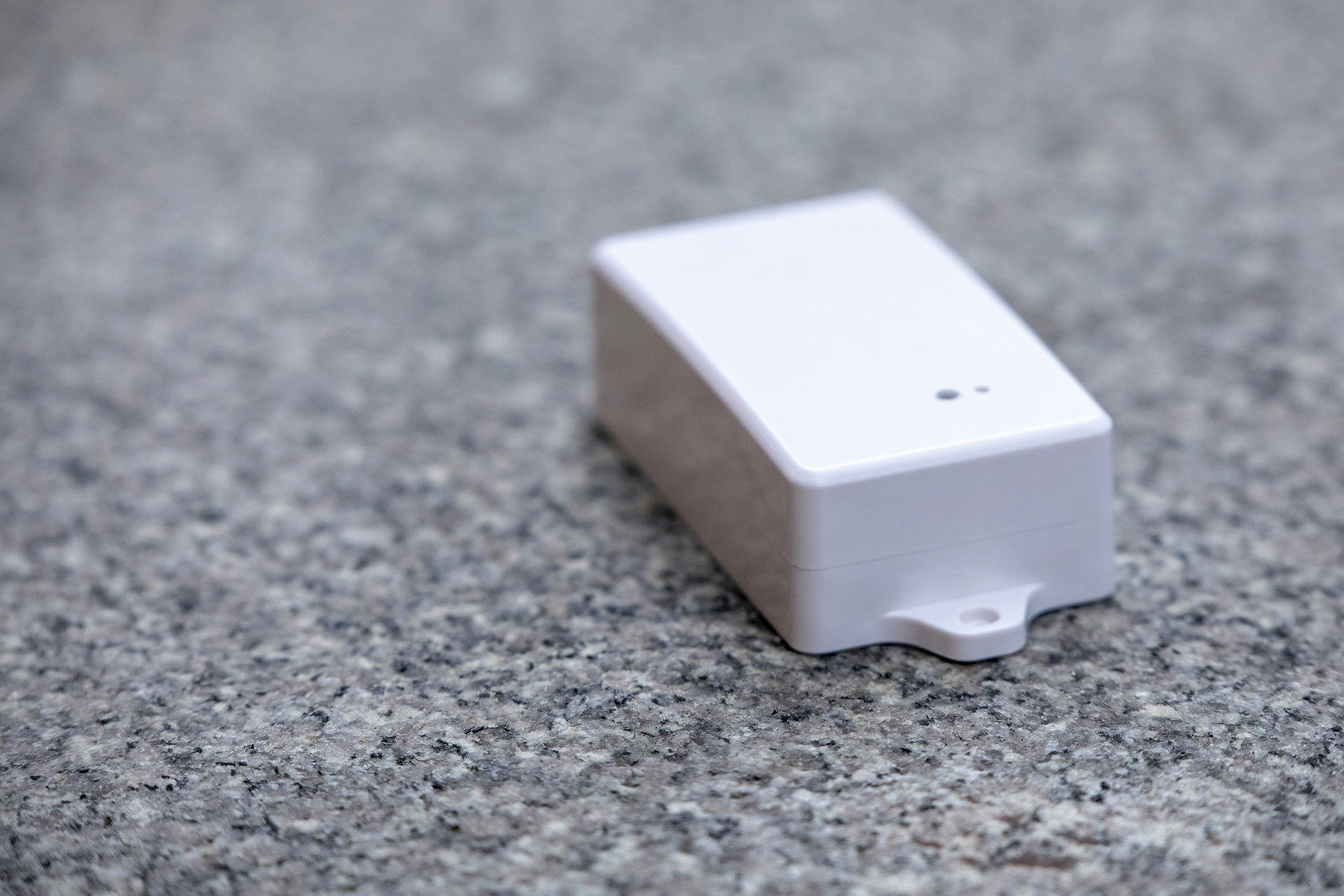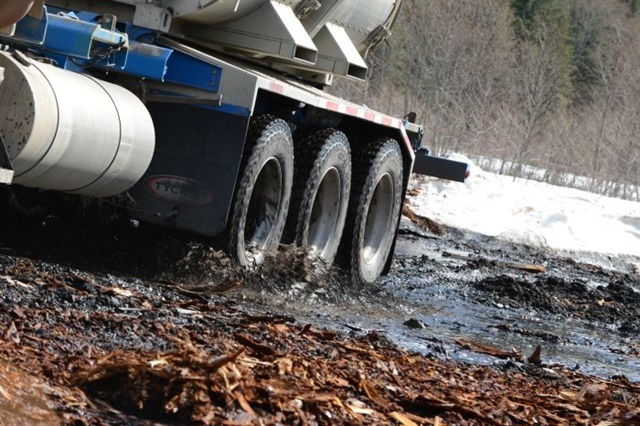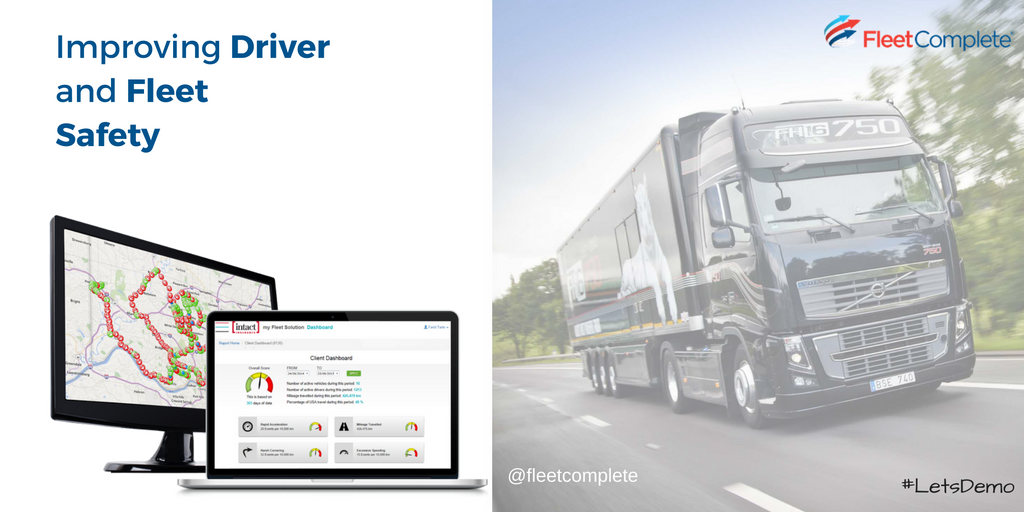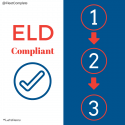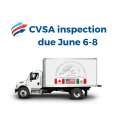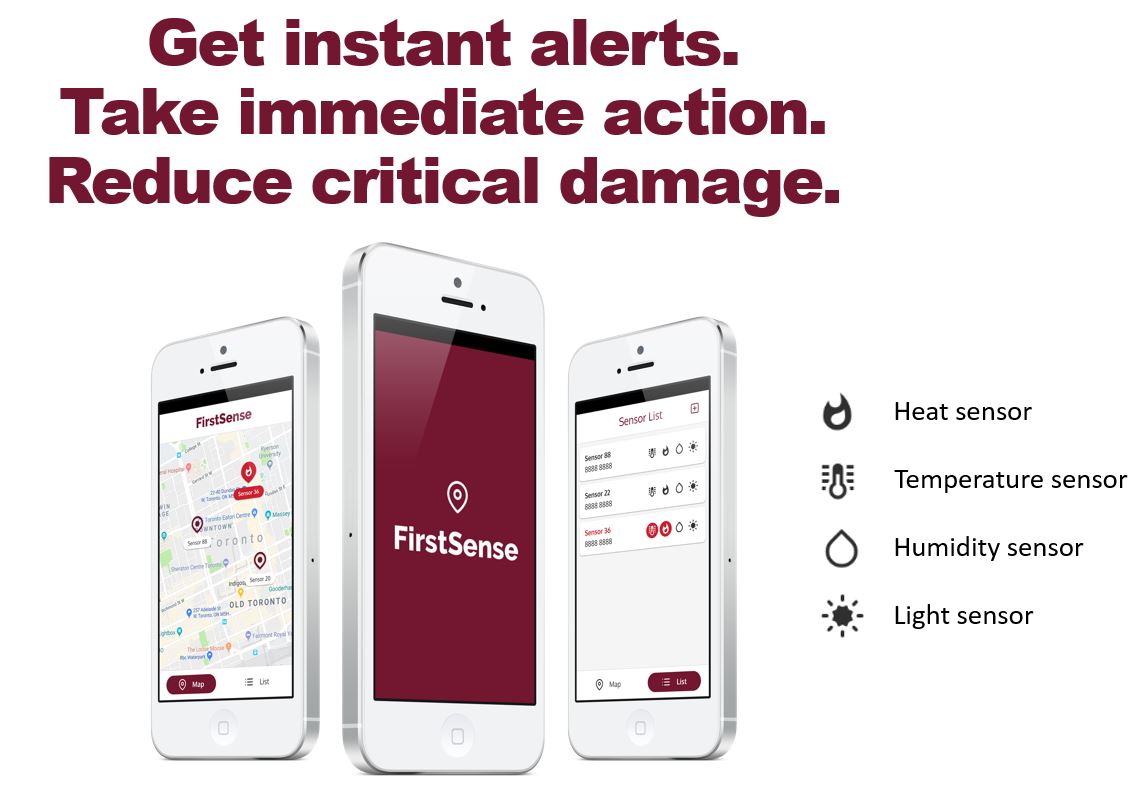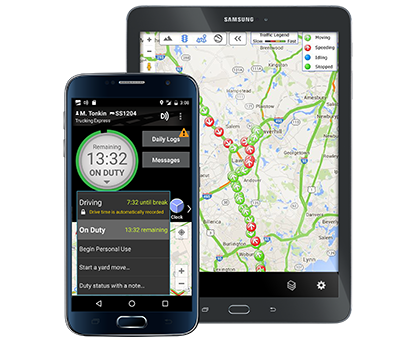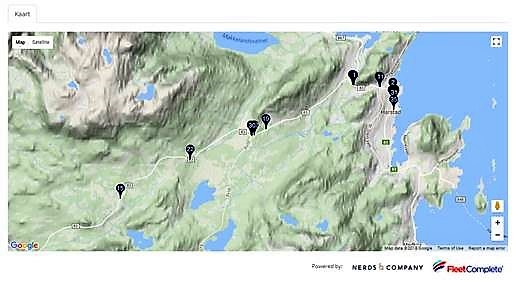Winter is officially here, but it presents more hazards for drivers, more headaches for fleet managers, and even more reasons why you should have a Fleet Tracker installed.
Top off fluids for your vehicle
Right now is the perfect time to do it, before the toughest winter weather arrives. Check and top off the windshield washer, engine coolants, battery, brake, and power steering fluids. By tracking your fleet you will be disciplined about your vehicle maintenance, reduce costs and extend the life of your vehicle, this can save you money in the short and long run.
Double check your spark plugs
If a vehicle doesn’t want to start, the engine has a rough idle, or if you notice a high fuel consumption, there is a good chance that it could be caused by the spark plugs and the best thing you can do is to replace them.
Spark plugs typically have a life expectancy of about 45,000 kilometers, but corrosion around the connections, built up carbon, or dirty spark plugs can cause a number of performance-related issues. According to Consumer Reports, deteriorated spark plugs can even reduce gas mileage efficiency by up to 30%!
Don’t take any chances; the side of the road is the worst place to be during the winter time.
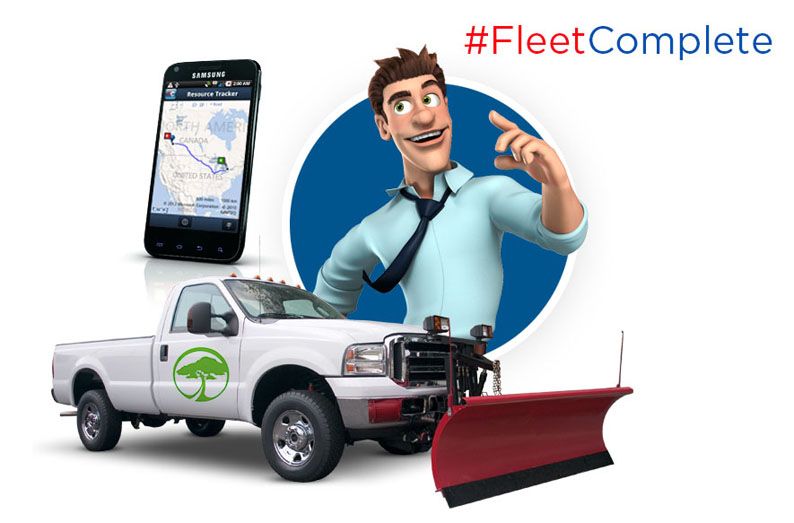
Let’s talk about the battery
Did you know that summer heat takes its toll on batteries? Consequently, once the winter arrives your vehicle’s battery might not be the most efficient. Heat takes it’s toll on a battery through overheating, and by the time winter rolls around your battery may not be functioning properly. At -18° C, your battery won’t turnover in the same manner that it may have at 26° C.
Another critical factor to consider is corrosion. As corrosion accumulates on terminals, it becomes an insulator that prevents proper current flow and effectively draining your battery. A way to remove corrosion from battery terminals is to wash them with a mixture of baking soda and water but to be safe, if your battery is more than three years old you should consider replacing it.
Check the brake pads and shoes
Brake pads are used with disc brakes while brake shoes fit with brake drums. Both styles serve the same function—pressing against a moving surface to slow and stop your car. With slippery roads in the winter, you have to make sure that your brakes are working correctly and are ready for winter.
Factoring in that an all-wheel vehicle driving at 50 mph in -20°C weather with 3-5 cm of snow on the ground, and proper winter tires can still take up to 36 metres to come to a stop, ensuring that your brake pads are up to date can guarantee a safer stopping time in emergency situations.
Dangerous driving can shorten a vehicle’s emergency response time, but there’s no harm in getting insight into your driver’s’ behavior by monitoring variables such as hard braking, idling, rapid acceleration and more. Ask our experts how can this be done with GPS Fleet Trackers integrated into your fleet management solution.
Last but not least, tires
All season tires are good if you are confident that your fleet never has to deal with low temperatures. If your vehicles operate in a region with a chance of snow or ice, you need to make sure supplying your fleet with winter tires. Since tires lose a pound of pressure for every 12°C drop in temperature, it’s also integral that they’re constantly checked for a proper pressure.
Additionally, you want to always keep on top of the tread degradation on your vehicles. The Ministry of Transportation Ontario reports that a 3mm deep tire tread can stop a vehicle up to a 25% shorter time and distance than the regulatory minimum of 1.5mm. Your fleet must have better traction in all hazardous conditions from cold icy, dry to slippery roads.
A good way to keep your vehicle in optimal condition for the winter is to keep on top of your manufacturer’s maintenance schedule and consider a fleet management solution to alert you as routine maintenance comes up. Get in touch today to learn how a GPS Fleet Tracking system can help you to winter-proof your fleet.











